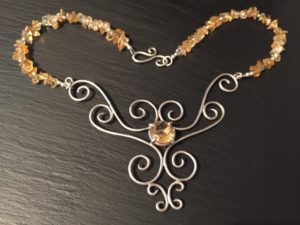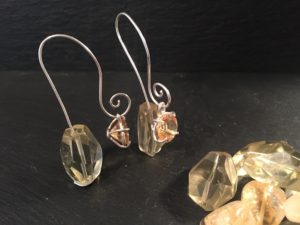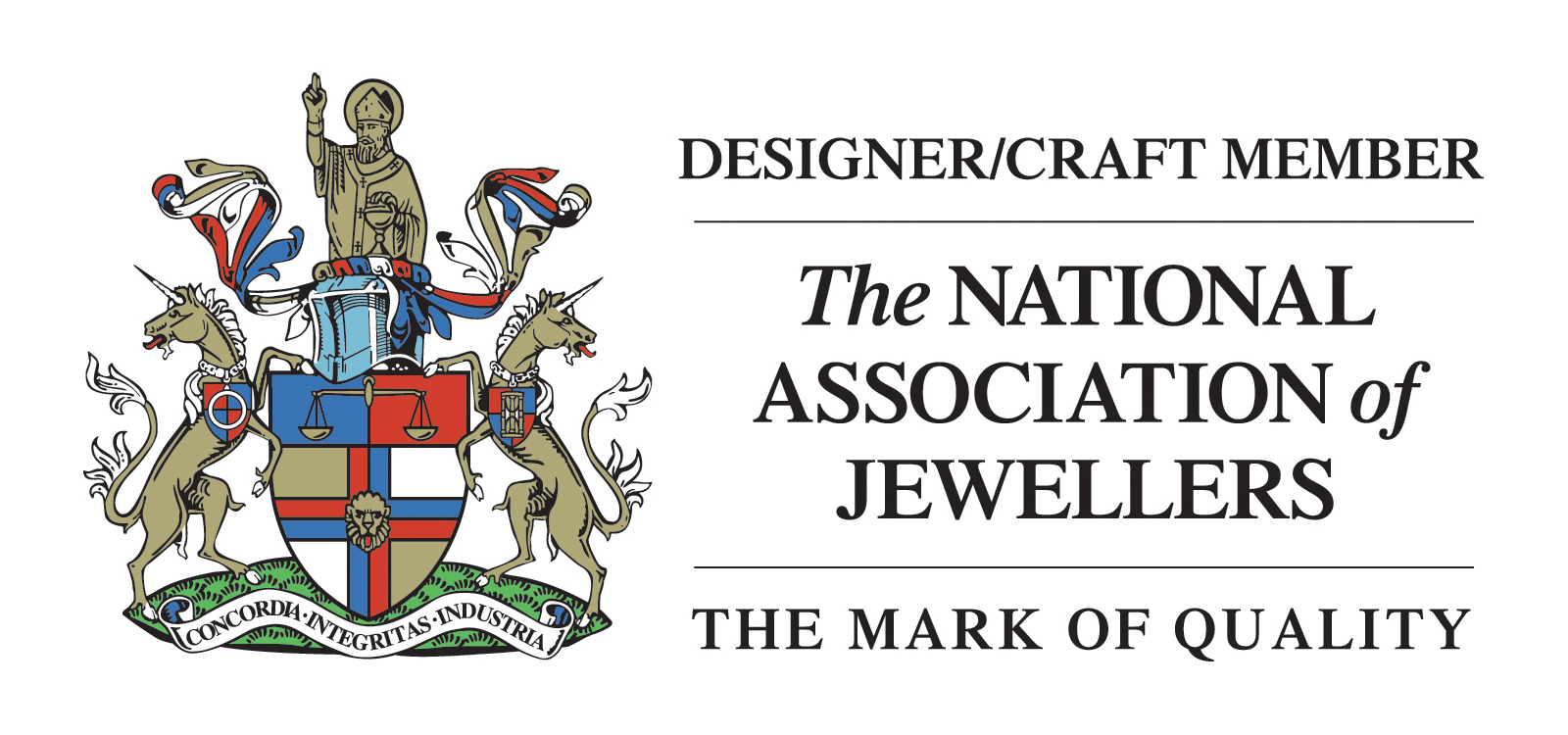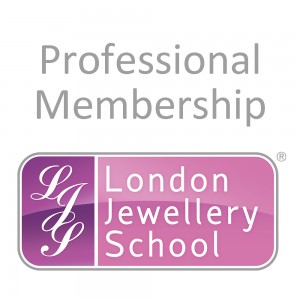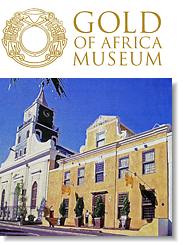November Birthstone: Citrine
Birthstone Jewellery can be a great idea for a special and thoughtful gift. Even more so if you know the history and meanings behind the stone and its links with the wearer. Below you will find a collection of information about Citrine, along with some examples of Citrine Jewellery, designed and made by Sandra Kerns.
Citrine is the birthstone for the month of November and is also the official 13th wedding anniversary gemstone. It is a beautiful, clear stone that ranges in colour from champagne yellows to deep amber. It is almost always faceted when used in jewellery, as it has very few inclusions and therefore has brilliant transparency. It is also one of the most popular gemstones available today.
The name Citrine comes from the word lemon, or citron (as in citrus fruit). The first recorded time that the word citrine was used in English to describe a colour was in 1386. As a part of the quartz family, Citrine can sometimes be found in the same stone as Amethyst. Part of the stone will have the amethyst purples and part the yellows of the Citrine. This mixed stone has been named the Amytrine.
Countries of origin include: Brazil, Bolivia, France, Madagascar, Myanmar (Burma), Namibia, Russia, Scotland, Spain, Uruguay and Zambia.
Historically, Citrine was carried as a protection against snake venom and evil thoughts. Today, it is known as the merchant’s stone and is associated with success and prosperity, especially in business. In fact some business owners keep a piece of citrine in their cash registers to promote good fortune.
As with most semi-precious gemstones, Citrine has many health and spiritual related meanings, and these are the ones that will resonate with the wearer that associates them with their birth date. The idea is that you wear your citrine so that it is in contact with your skin to achieve the most benefit from its healing properties. Unfortunately none of the medicinal claims are proven by the medical profession and remain hearsay.
Citrine is claimed to have many health related properties:
- Aids digestion and helps the endocrine and digestive system by purifying and eliminating toxins
- Calms depression, self doubt, anger and irrational thoughts and mood swings
- Helps constipation, diabetes, kidney and bladder infections
- Helps eye problems
- Increases blood circulation, detoxifies the blood, activates the thymus and balances the thyroid
- Quells fears and phobias and physical addictions
- Removes cellulite
Citrine’s chemical structure contains iron, which gives it its stunning colours. It comes from the mineral family Quartz and, after Amethyst, is the most popular quartz gemstone. Because of its rarity, much of the citrine sold today is, in fact, heat treated amethyst or smoky quartz. This can make purchasing natural citrine difficult, but a good way of identifying the heat treated variety is the fact that heat treated citrine will always show hints of red, whereas the natural citrine will show clear yellow / orange colour. As you will see from the picture below, the citrine has no reddish tones at all – showing clearly that it is the natural citrine stone.
You can see all of my citrine jewellery here. To see the meanings of other gemstones please take a look at the Stones page here.
